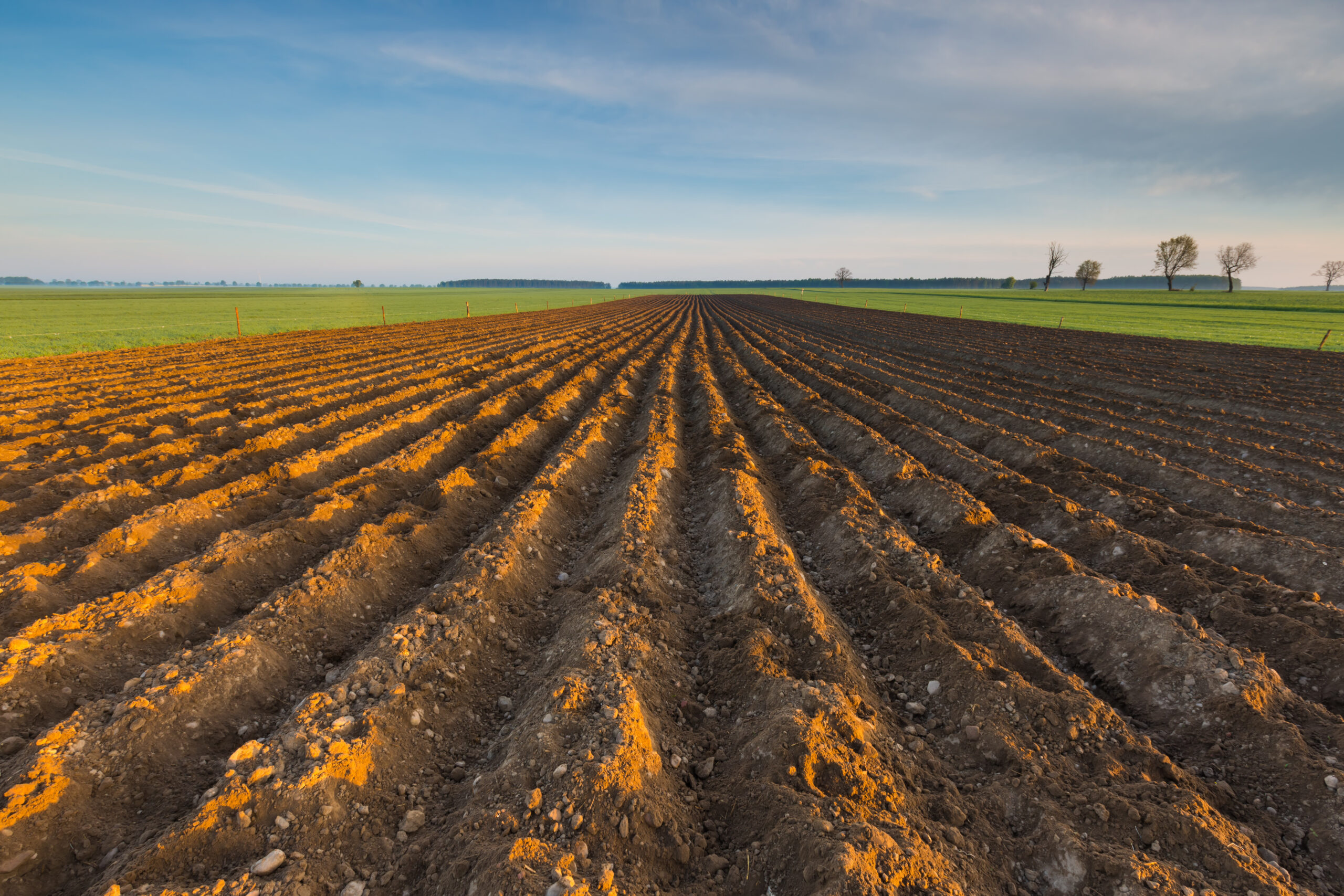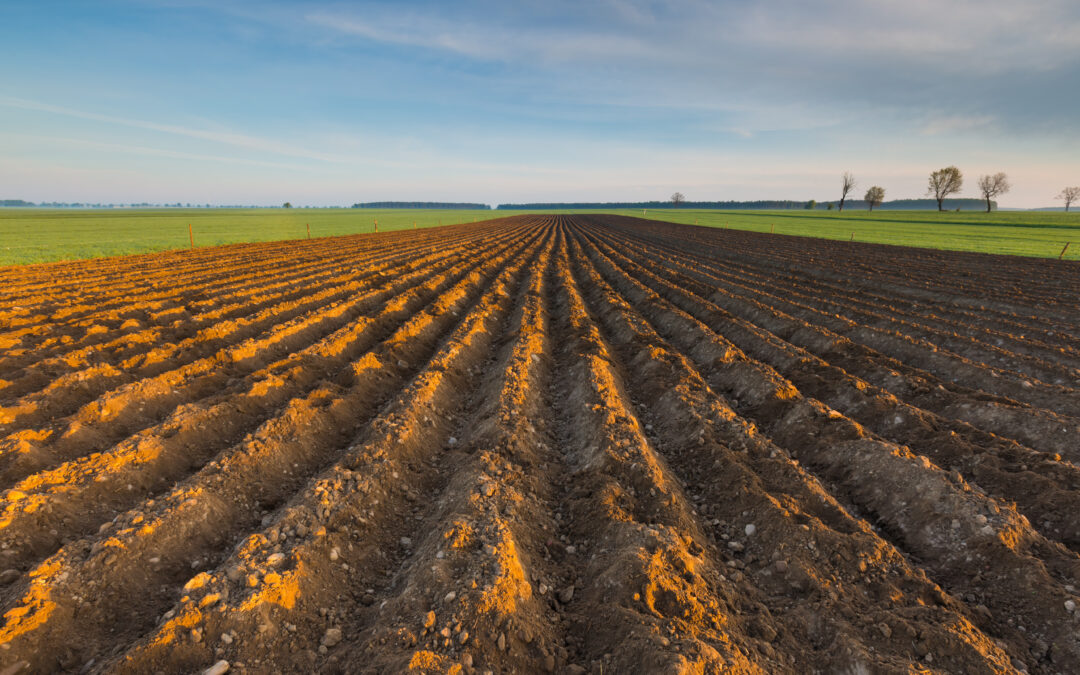Are you tired of buying produce that’s been picked too early, shipped long distances and has lost its freshness? Do you want to know exactly what goes into your food and how it’s grown? If so, raised bed gardening might be the perfect solution for you. In this article, we’ll cover everything you need to know to start your own home farm using raised beds.
Introduction to Raised Bed Gardening
Raised bed gardening is a popular method of growing vegetables, herbs, fruits, and flowers in small spaces or areas with poor soil quality. It involves creating elevated gardens made from wood, stone, or other materials, filled with high-quality soil and compost. By building your garden above ground level, you can control the type of soil used, drainage, and accessibility, which makes it easier to grow healthy plants.
Choosing the Right Location for Your Home Farm
When choosing a location for your home farm, consider the amount of sunlight available, wind patterns, and proximity to water sources. Ideally, your garden should receive at least six hours of direct sunlight per day, but if that’s not possible, choose a spot where plants will get as much indirect light as possible. Also, make sure there are no obstructions that could block sunlight or create wind tunnels. Finally, ensure that your garden is close enough to a water source to make irrigation easy.
Building Your Own Raised Beds
To build your own raised beds, you’ll need some basic tools and materials such as lumber, screws, nails, hammers, saws, and high-quality soil mixes. The size and shape of your beds depend on your personal preferences and space availability. A common size for raised beds is around 4 feet by 8 feet, which allows for easy reach when planting, harvesting, and maintaining your crops. Make sure to use pressure-treated wood that won’t leach chemicals into the soil.
Soil and Fertilizer Requirements
The key to successful raised bed gardening lies in the quality of the soil. Use a mixture of high-quality potting soil, compost, and organic matter to fill your beds. This will provide nutrients and support healthy root growth. You may also add fertilizers like fish emulsion or kelp meal to boost plant growth and productivity. Remember to follow package instructions carefully and avoid overuse, which can harm your plants.
Plant Selection and Care
Select plants based on their suitability to your region, climate, and season. Choose varieties that are well adapted to container gardening since they tend to have smaller roots and require less space. Water your plants regularly, but don’t overwater them, as this can lead to root rot and fungus problems. Keep an eye out for pests and diseases, and take appropriate measures to prevent or treat them.
Pest Control and Maintenance Tips
Common pests in raised bed gardens include slugs, snails, aphids, spider mites, and deer. To keep these critters away, use natural remedies like companion planting, handpicking, and natural insect repellants like garlic or neem oil. Regularly remove dead leaves and stems to reduce hiding places for pests. Additionally, practice good maintenance habits like pruning, mulching, and regular inspections to catch any issues before they become major problems.
Harvesting and Preserving Your Homegrown Produce
Once your plants begin producing fruit or veggies, harvest them when they’re ripe to maximize flavor and nutrition. Follow proper storage techniques to extend the life of your produce, such as refrigerating leafy greens and root vegetables, freezing berries and grapes, and pickling cucumbers and peppers. Canning and preserving methods vary depending on the type of produce, so do your research ahead of time to ensure safe and delicious results.
Troubleshooting Common Problems in Raised Bed Gardens
If you encounter common problems like poor germination rates, uneven growth, or yellow leaves, investigate potential causes like improper soil conditions, lack of sunlight, or excessive moisture. Adjust your practices accordingly, such as amending the soil, adjusting watering schedules, or adding more supports for climbing vines. Don’t hesitate to seek advice from experienced gardeners or online resources for additional guidance.
In conclusion, raised bed gardening offers many benefits including better control over soil quality, improved accessibility, and higher yields. With careful planning, selection, care, and maintenance, you can enjoy homegrown produce all year round.






